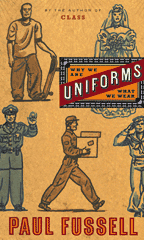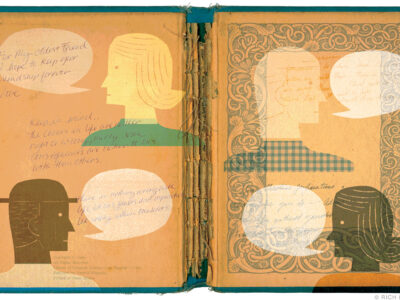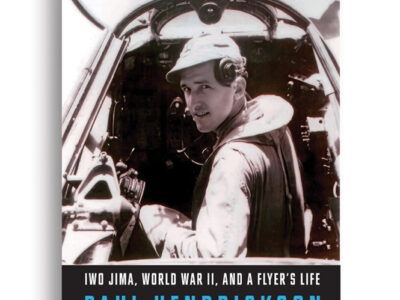What clothes reveal.
By Robert E. Shepard

Americans, writes Regan Professor of English Emeritus Paul Fussell in Uniforms, “are so caught up in their conviction that they enjoy an extraordinary degree of freedom … that it is left to foreign visitors to perceive the truth.” These dispassionate observers from abroad see a nation both yearning for the ideal of individualism and drifting toward the equally powerful pole of conformity. Walt Whitman also understood this dualism well, and attributed the lure of uniformity to a “‘democratic’ urge to seek social safety in numbers,” even as Americans of his era continued to cast an affectionate eye back at aristocratic Europe. His contemporary Thoreau wondered aloud whether it would take anything less than the elimination of clothing to erase society’s fascination with rank once and for all.
Fussell’s appreciation of mass culture is alive and well in his latest work, an eclectic but welcome investigation of uniforms and the uniformity they confer, an appropriate subject for the author of Class and The Great War and Modern Memory. True, we might all have survived without a book on uniforms; Fussell is fascinated by seemingly every aspect of every kind of costume, from the Eisenhower jacket to the getups worn by doormen at fashionable hotels, and Uniforms is sometimes more inquisitive than it needs to be to make a point. But clothes make the man more frequently than we might expect—women seem mostly immune to the allure of uniforms, at least in this book—and Fussell once again proves a canny and engaging observer.
Sometimes, the clothing we deem most individualistic turns out to be as conformist as military dress, and Uniforms is most revealing when it describes clothes we don’t consider uniforms at all. The dualism that caught Whitman’s eye is alive and well in modern fashion advertisements, which exhort us to break with convention and express our innermost desires (not least of all for sex) while at the same time pressuring us to wear what everyone else is wearing. Witness the zeal with which Americans of the last decade embraced “business casual” dress, especially on Fridays, only to replace dark suits with equally ubiquitous khaki trousers.
No sartorial revolution better illustrates this yearning to be free—but only to a point—than the spectacular rise of blue jeans during the 1960s and ’70s, when one of the era’s ultimate counterculture statements quickly became as mainstream as the skirts and gabardines it had replaced. “Like jazz, Hollywood, and Coca-Cola,” Fussell writes, the institution of blue jeans is “one of America’s most impressive inventions. But when everyone has at least one pair, what do you have? A uniform, and just as much a uniform as the dark suit.” This particular uniform, however, was more than just a statement of “anti-parent and anti-respectability” chic; jeans also caught the new wave of sexual freedom ushered in by the Pill and gay liberation, achieving peculiar resonance because they seemed to call attention to the body’s sexually charged nether regions. It may be one of the fashion ironies of all time that a pair of pants whose origins were strictly practical and strictly working class—the companion of gold miners and cowboys—was transformed for a time into the ultimate uniform of rebellion, only to become—in our own time —the “squarest” uniform of all.
Real uniforms receive no less thorough treatment. Readers will learn that gilt buttons long engendered controversy because their aristocratic pedigree placed them off limits to average citizens. Steerage passengers immigrating to America were “terrified by the approach of anyone on shipboard” who wore them, Fussell writes, not that they were of much help in an emergency (Titanic captain E. J. Smith wore an impressive 10 gilt buttons on his dress coat). The book’s most enjoyable passages, however, relate to the costumes worn by American college marching bands. Fussell devotes two full pages to the rules and regulations governing the uniforms of one Midwestern high school band (maybe the one rumored to have inherited preposterous uniforms Richard Nixon tried to foist on his White House guards in 1970).
When my father was at Penn in the 1940s, band members drilled in crisp, military-inspired uniforms, their marches mirroring the precise formations they would soon execute in wartime basic-training exercises. With the exception of Cornell, however, today’s Ivy League marching bands will have nothing to do with “pseudo-military” uniforms. Penn’s band, Fussell notes, until recently complemented its navy letter sweaters and gym shoes with white pants, but decided even these were “too uniformish.” Their replacement? Khakis, the same pants that so many students wear to class and that—if fashion remains on course—they’ll soon be wearing on casual Fridays.
Robert E. Shepard C’83 G’83 is a literary agent in Berkeley, California.




